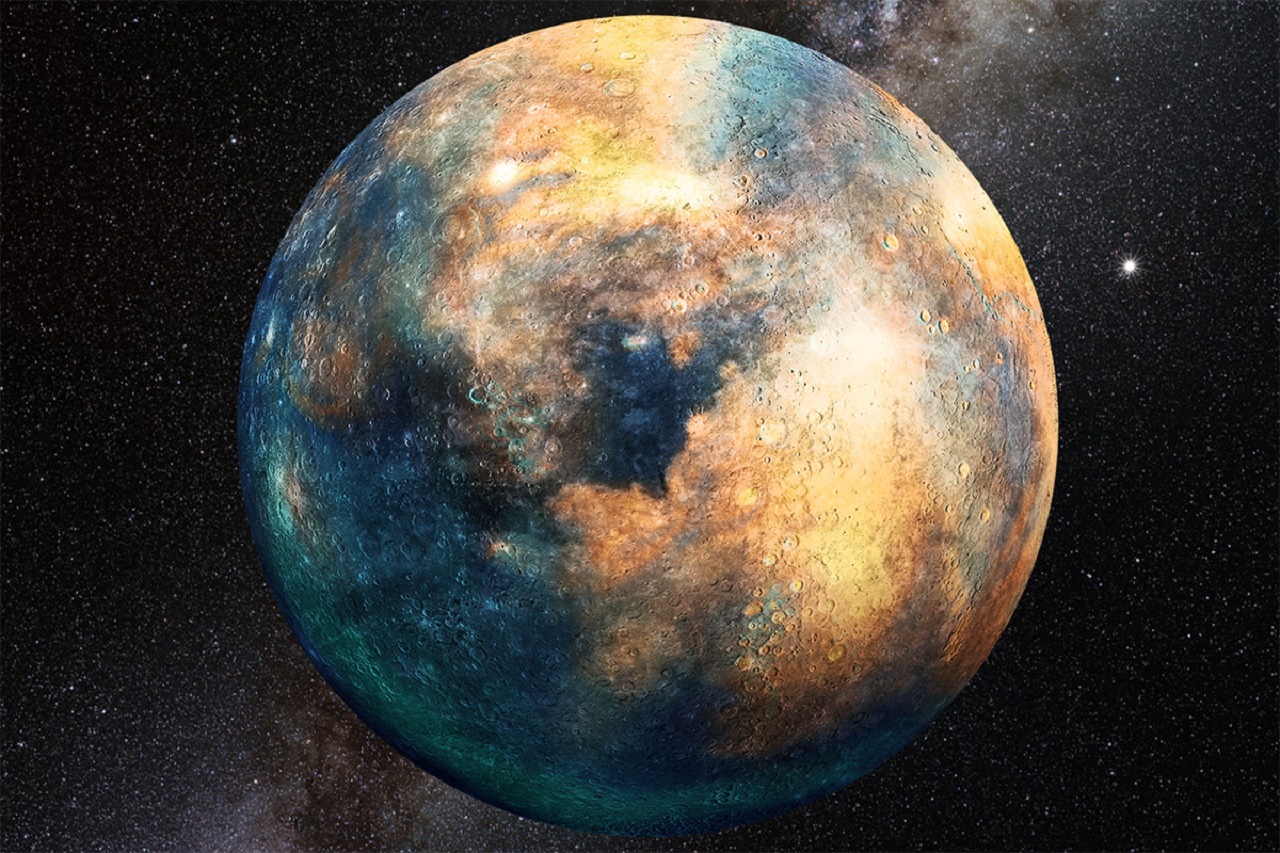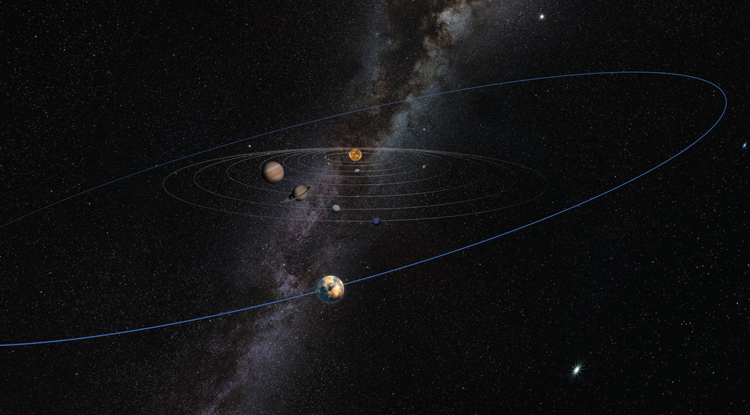For a long time, astronomers have argued that there is an unknown planet in the solar system’s outer areas, dubbed Planet Nine. Now, a research team believes to have found evidence of yet another unknown planet, which would result in us having ten planets in the solar system.

Ever since 2006, when Pluto was demoted to a dwarf planet, our solar system has had eight planets, on paper. But in reality, it probably looks very different. In recent years, astronomers have found several indications that a dark giant planet hides out in the outermost parts of the solar system.
And if a research team from Arizona in the United States is right, Planet Nine is not the only unknown planet.
As big as Mars
The researchers believe they have found evidence that there is also a tenth planet far closer to Earth than Planet nine. Probably, the planet is a little more than 50 AU (50 times the distance between the sun and the earth) from the sun.
According to the researchers, the hypothetical planet is about as large as Mars – and therefore significantly smaller than Planet nine, estimated to be approximately as large as Neptune.
Affecting asteroids and comets

Planet Ten resides – according to the researchers’ measurements – at the outer edge of the Kuiperbelt, a belt consisting of asteroids, comets and dwarf planets. As with Planet Nine, it is yet to be observed, but measurements show that parts of the Kuiper belt are influenced by a force that cannot result from any already known planets.
Nor can it be that the objects in the Kupier belt are influenced by Planet Nine, with its size and location should not affect objects in this region in such a way.
A planet that resembles Mars in size would, however, affect objects through its gravity in just the right amount to correspond what is actually seen. The research team, therefore, concluded that the solar system has ten planets – and not eight.
The orbital planes
The researchers analyzed the tilt angles of the orbital planes of more than 600 objects in the Kuiper Belt in order to determine the common direction about which these orbital planes all precess – with precession referring to the slow change or “wobble” in the orientation of a rotating object.
They found that the most distant of the Kuiper Belt’s objects are tilted away from the invariable plane by about eight degrees – that is – something unknown is warping the average orbital plane of the outer solar system.
“The most likely explanation for our results is that there is some unseen mass,”
“According to our calculations, something as massive as Mars would be needed to cause the warp that we measured.”
– Kat Volk, postdoctoral fellow at the University of Arizona’s Lunar and Planetary Laboratory and the lead author of the study.
Besides actually observing the ninth and tenth planet, future measurements of the movements of orbits in the far regions of the outer solar system could help to further test the case for the existence and whereabouts of a ninth planet, Malhotra and her co-authors write.
Reference:
Renu Malhotra, Kathryn Volk & Xianyu Wang “Corralling a Distant Planet with Extreme Resonant Kuiper Belt Objects,” 2016 June 20, Astrophysical Journal letters






















